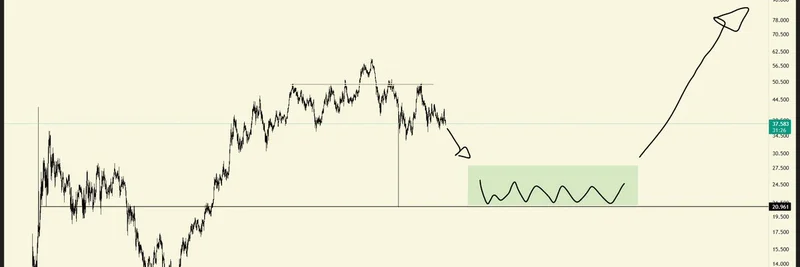In the fast-paced world of cryptocurrency, where meme coins like Dogecoin and Shiba Inu can skyrocket overnight, there's a looming shadow that many are still brushing off: quantum computing. A recent tweet from Sam at Big Brain VC (link to tweet) highlights this issue, referencing an article they wrote nearly two years ago about the quantum threat to Bitcoin and crypto. Back then, it seemed like a far-off problem—maybe 50 years away. But as Sam points out, that complacency is risky, especially given how tricky solutions can be to roll out.
Let's break this down simply. Quantum computing isn't your everyday laptop upgrade; it's a whole new way of processing information using qubits instead of bits. These qubits can be in multiple states at once, thanks to concepts like superposition and entanglement. This means quantum computers can solve super complex problems way faster than traditional ones. For crypto, that's a big deal because our security relies on tough math problems that classical computers can't crack easily.
Take Bitcoin, for example. It uses something called ECDSA for signatures and SHA-256 for hashing. Ethereum, home to many meme coins, uses similar tech. Algorithms like Shor's could crack ECDSA, exposing private keys from public ones. Grover's algorithm might weaken SHA-256, making it easier to mess with hashes. In plain terms, a powerful quantum computer could potentially steal funds or disrupt mining.
Now, how does this hit meme coins? Most meme tokens live on blockchains like Ethereum or Solana, which inherit these vulnerabilities. Imagine a quantum attack exposing wallets holding your favorite dog-themed coin. The fun, community-driven vibe of memes could turn chaotic if security crumbles. And since meme coins often rely on hype and quick trades, any hint of instability could tank prices faster than a bad tweet.
The original article from Big Brain (read it here) dives deep into this. Written in 2024, it covers quantum developments from companies like IBM and Google, who are pushing qubit counts higher—IBM's Condor chip hit over 1,000 qubits. Recent tweaks to Shor's algorithm make factorization even faster, bringing the threat closer.
But it's not all doom. The path forward involves quantum-resistant cryptography, like lattice-based or hash-based methods. These aren't vulnerable to Shor's attacks. Transitioning blockchains to these would be a massive effort—think hard forks and community consensus—but it's doable. Ethereum's shift to Proof-of-Stake shows big changes are possible.
Replies to Sam's tweet echo the urgency. One user mentions projects like Krown Network launching quantum-secured tech, including a DEX and wallet. Others debate if quantum is overhyped, but the consensus leans toward preparation. NIST has already released post-quantum standards, urging adaptation.
For meme coin enthusiasts, this means staying informed. Look for projects exploring quantum-resistant features. Diversify beyond vulnerable chains if possible. And push developers—through communities or DAOs—to prioritize security upgrades.
In 2025, with quantum tech advancing rapidly, ignoring this tail risk isn't smart. As Sam says, collective urgency is key. Meme coins thrive on innovation and fun, but without solid security, the party could end abruptly. Let's keep the memes alive by getting ahead of the quantum curve.

